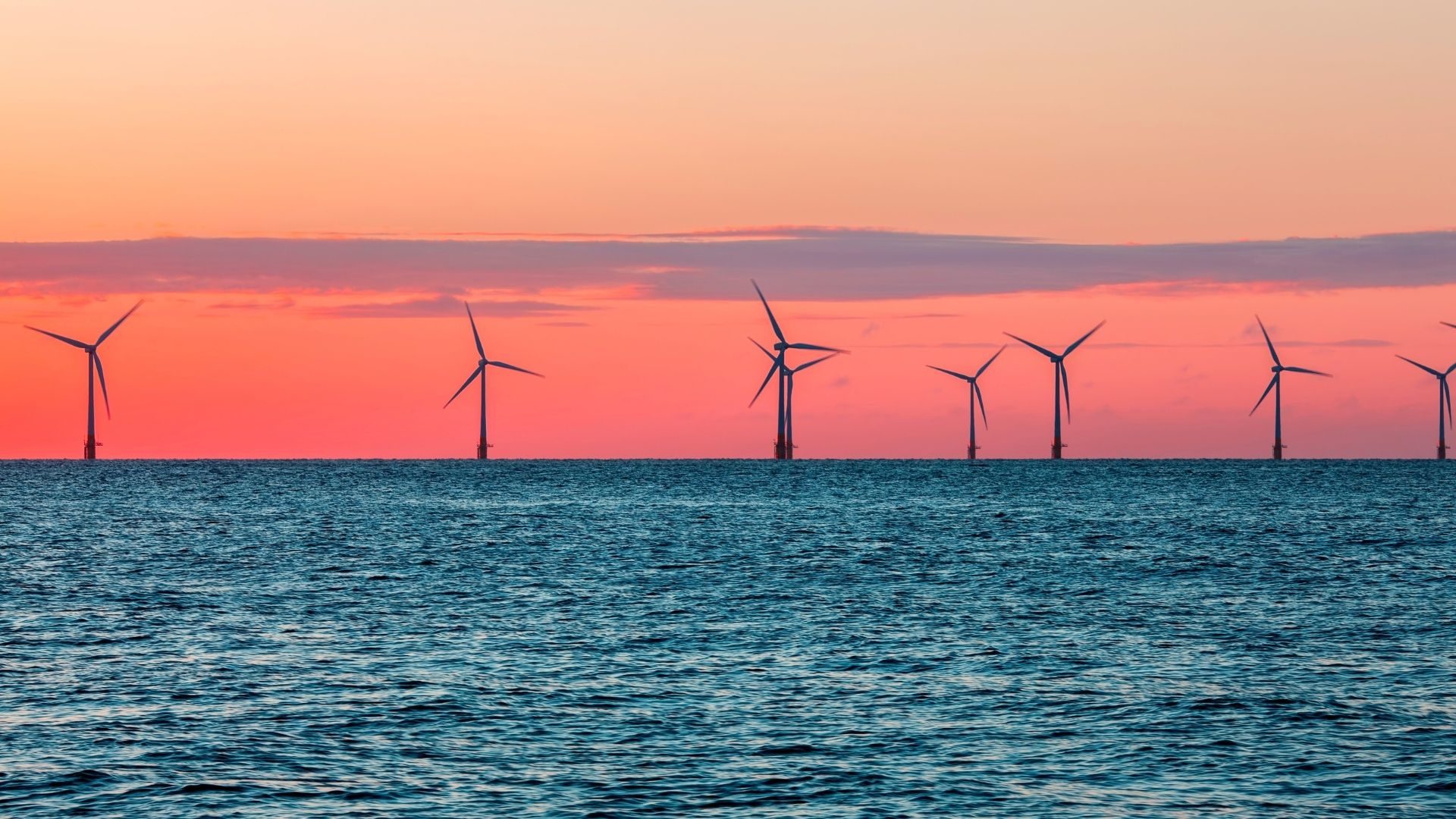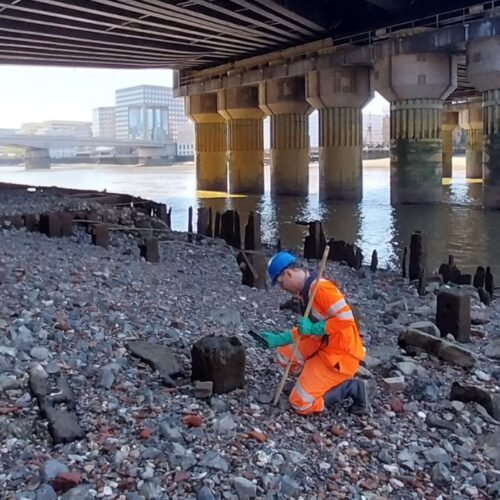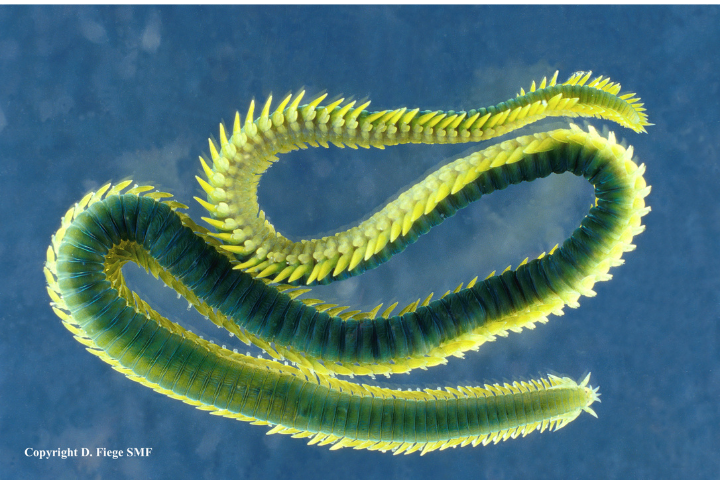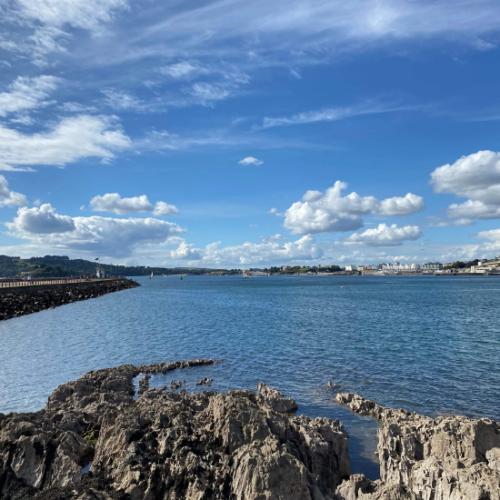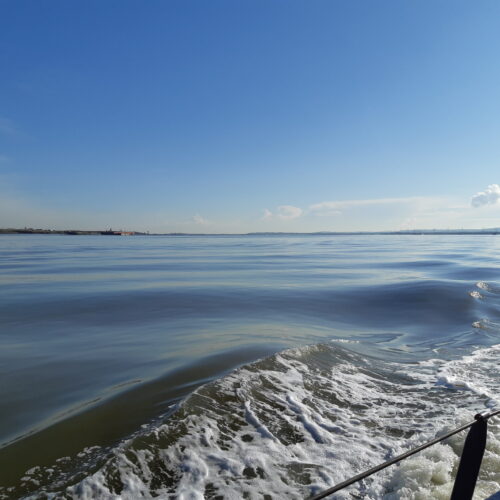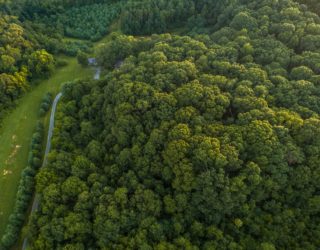The United Kingdom is a world leader in the offshore wind industry and currently has the highest installed offshore wind capacity, as well as the world’s largest offshore wind farm. Within the UK, offshore wind is already powering over 7.5 million homes and producing over 10 GW of electricity, with plans to quadruple this to 40 GW by 2030 [1, 2]. While the sector contributes a significant proportion of the country’s power supply, it is still a very young industry that has shown rapid growth. The first offshore windfarm in the world was installed in 1991 and the first in the UK was completed in 2002. The typical lifespan of windfarm is around 25 years, so our first wind farms are approaching the end of their lifetime. This raises the question – what do you do with a windfarm at the end of its design life? There are 3 main options on the table:
- Life extension: maintaining the windfarm in its current form.
- Repowering the windfarm: replacing old components with more modern ones.
- Decommissioning the windfarm: removing it entirely.
Life extension
When a windfarm nears the end of its design life, an assessment of its overall condition can be made to gauge how much maintenance would be required to significantly extend its operational life. This assessment includes both a physical check-up of the structure and a review of its efficiency to determine if the costs of ongoing maintenance and repairs will be offset by the value of the electricity the farm will produce [3].
Repowering
The overall performance of a windfarm could be improved through repowering: replacing older components with more modern equivalents to improve overall efficiency [3]. However, turbine technology has advanced so far over the past 20 years that the existing foundations of windfarms are simply insufficient to support the size of modern turbines [3]. For example, the Blyth offshore windfarm, installed in 2000, consisted of turbines with a 66m blade rotor diameter, whereas the largest currently operational turbines have a 220m blade rotor diameter [4]. The sheer difference in the scale of new turbines, combined with additional engineering difficulties surrounding the compatibility of new and old components, provides several challenges when it comes to repowering. However, it is still an option which could greatly benefit the offshore wind sector.
Decommissioning
Eventually, all windfarms will reach the point where the cost of maintenance or repowering will not be commercially viable compared with the cost of decommissioning. Decommissioning involves dismantling the turbines and removing the structure. The exact method for removing the turbine foundations depends on the type of foundation. Piled foundations are by far the most common type and consist of one or more metal cylinders, called piles, which are driven into the seabed. Upon decommissioning, these piles can be cut, usually around 1m below the seabed level, and removed [5]. Gravity based foundations, usually large concrete structures filled with ballast, can be re-floated by removing their ballast and towed by, or lifted onto, a vessel [5].
The Reef Effect
When removing a structure which has been present in the marine environment for so many years, it will not just be the structure that is being removed. Offshore wind farm installation usually occurs in areas of soft sediment and introduces manmade hard substrata, which are colonised by a range of organisms that otherwise could not survive in the area, boosting biodiversity. This is known as the reef effect. Upon decommissioning, the new reef habitat would be removed along with the turbines and their foundations. This has led to the concept of ‘renewables-to-reefs’ being proposed for decommissioned windfarms, similar to the US rigs-to-reefs programme for oil rigs, where parts of the structures are left in place to continue to act as artificial reefs [6]. This is also beneficial as it reduces the energy and manpower costs and safety issues associated with removal of the entire wind farm.
However, although initial colonisation can be diverse, mature reef communities on wind farm structures are generally quite species-poor and the presence of many manmade structures can facilitate the spread of invasive species into new areas. Therefore, the importance of preservation of wind farm structures as artificial reefs may not outweigh other considerations such as the fact that , leaving part of the decommissioned turbines in place will still pose a navigation hazard and require routine inspections to make sure they are not introducing new dangers [6].
The trade-off between removing the artificial structure and losing the reef habitat or leaving the foundations in place to preserve the habitat is an area of ongoing debate in the offshore industry and best practices are still being determined.
Cable infrastructure
Subsea cables are used to transmit power within the windfarm, known as inter array cables, and to export it to land and the wider grid, known as export cables. Due to the location of offshore wind farm arrays, cables are generally installed in mobile sediments that recover quickly from disturbance; often recovery times after installation are less than 1 year [7]. The impacts of removing wind farm cabling is typically assessed to have the same level of impact as the installation, as the methods are generally the same but in reverse [8]. In areas where the cables remain reliably buried there is little consequence of leaving unused cables on the seafloor after decommissioning [8]. However, cables often require reburying over the lifespan of a windfarm, and this would still have to be carried out after the decommissioning of the wind farm if the cables are left in situ to keep the area safe, for example, for fishing and anchoring. Repeated cable burying operations are expensive and disruptive to the environment, therefore in these instances it is likely to be preferable to remove the cables. While every windfarm will have its own set of conditions for decommissioning and the topic is one of ongoing debate in the industry, one suggestion is to remove the array cables while leaving the export cables in place [8] as export cables are generally buried deeper, therefore are less likely to unbury and their removal would involve greater disruption to the environment.
Summary
The offshore wind industry is still young and rapidly developing, and as a result so are its regulations. Over the coming years, it is important that the oldest windfarms reaching the end of their lives are used as case studies, and lessons learned to determine best practice going forward as we navigate this new phase of the offshore wind industry.
References
- Igwemezie, V., Mehmanparast, A. and Kolios, A., 2019. Current trend in offshore wind energy sector and material requirements for fatigue resistance improvement in large wind turbine support structures–A review. Renewable and Sustainable Energy Reviews, 101, pp.181-196.
- GOV UK 2020 The Ten Point Plan for a Green Industrial Revolution The Ten Point Plan for a Green Industrial Revolution (publishing.service.gov.uk)
- Pakenham, B., Ermakova, A. and Mehmanparast, A., 2021. A Review of Life Extension Strategies for Offshore Wind Farms Using Techno-Economic Assessments. Energies, 14(7), p.1936.
Energies | Free Full-Text | A Review of Life Extension Strategies for Offshore Wind Farms Using Techno-Economic Assessments | HTML (mdpi.com) - CATAPULT UK offshore wind history – Guide to an offshore wind farm
- Smith, G. and Lamont, G., 2017. Decommissioning of Offshore Wind Installations-What we can Learn. Presented at Offshore Wind Energy, 2017, pp.6-8. OWE2017-PaperOffshoreWindDecomm-SmithDNVGL.pdf
- Smyth, K., Christie, N., Burdon, D., Atkins, J.P., Barnes, R. and Elliott, M., 2015. Renewables-to-reefs?–Decommissioning options for the offshore wind power industry. Marine pollution bulletin, 90(1-2), pp.247-258.
- Natural England, 2018. Natural England Offshore wind cabling: ten years experience and recommendations July 2018
- Smith, G., Garrett, C. and Gibberd, G., 2015. Logistics and Cost Reduction of Decommissioning Offshore Wind Farms. Presented at EWEA Offshore, 2015, pp.10-12.
Decommissioning – Smith DNVGL EWEA0OFF 2015-03-09 (researchgate.net)
